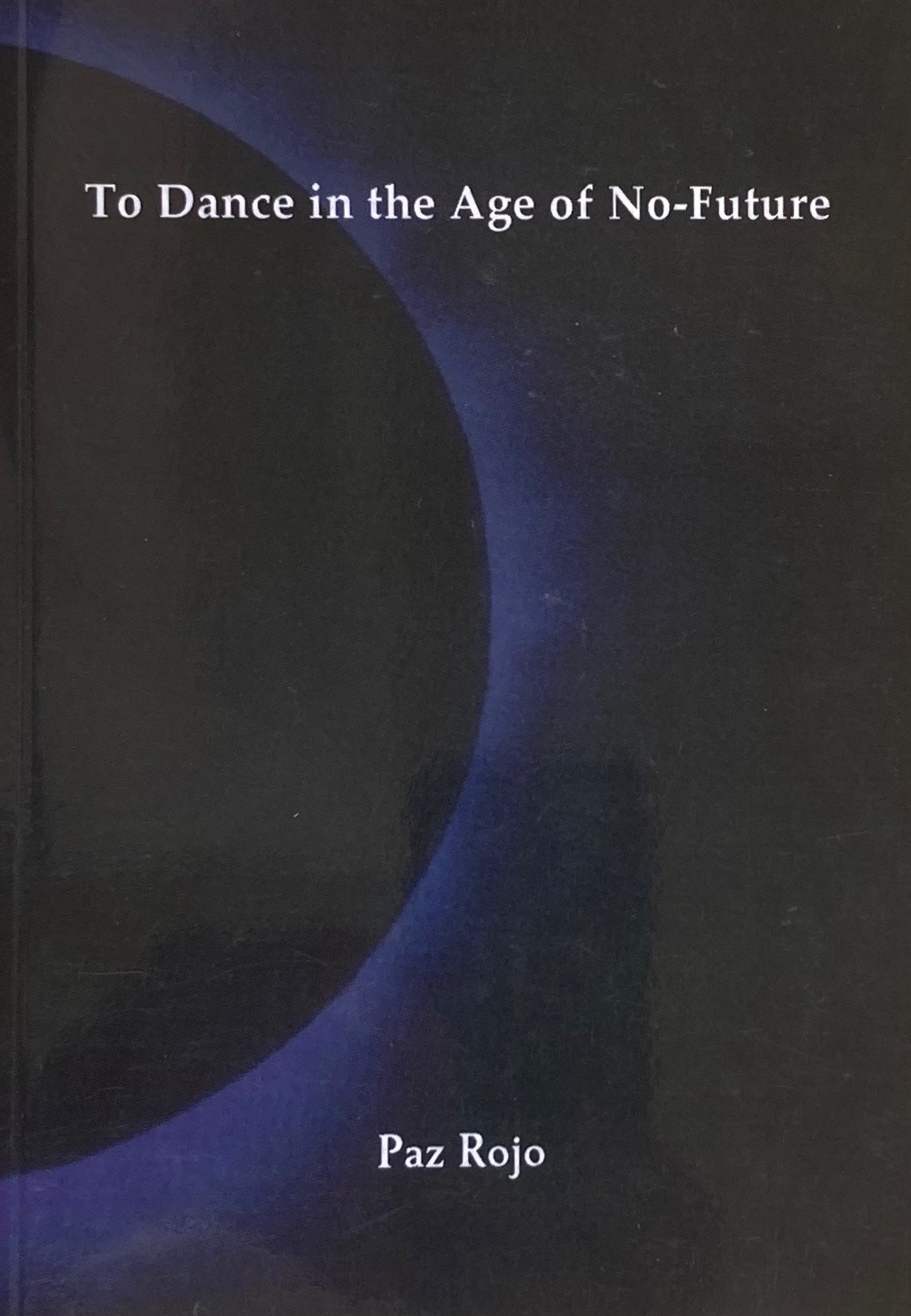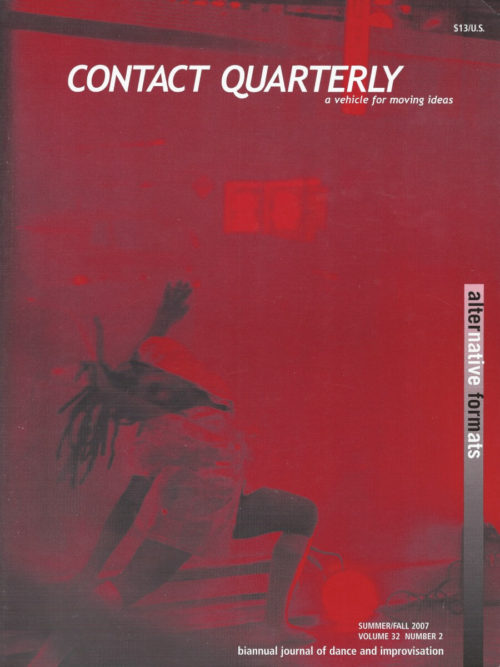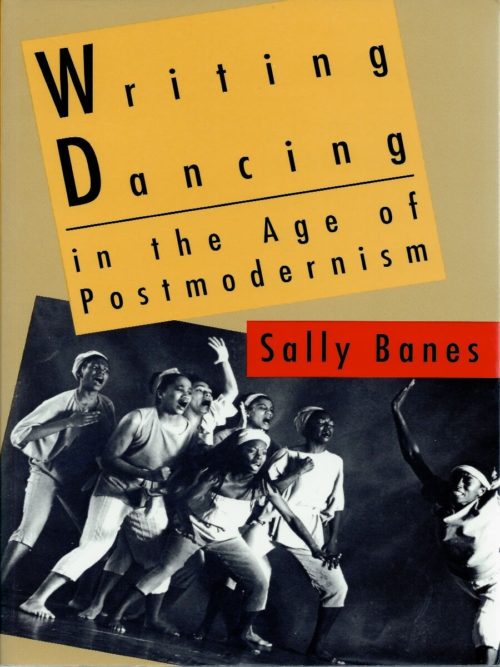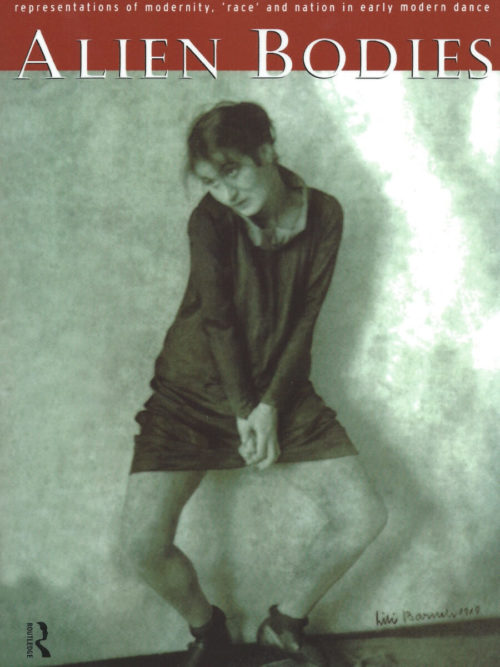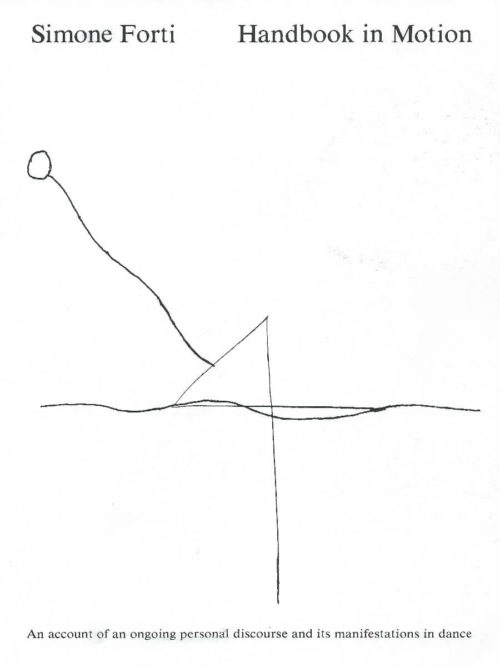RÉSUMÉ
To Dance in the Age of No-Future proposes a reflection on contemporary experimental dance linked to the semantic field of the term “destitution”. Keeping track of how dance historical tradition has generated dissident corporealities in the last fifty years; the dancer and researcher Paz Rojo argues from an aesthetic, philosophical and socio-political perspective, the possibility of a dance withdrawn from that neoliberal scheme according to which self-performance, entrepreneurship and the production of subjectivity rule. It is a proposal in which dance is approached as an existential category linked to an experience of dance freedom that is fugitive, and thus concerned with the experimentation of a gap as an entry-out-side-ing-escape point. A dancing which gives way to an aesthetic paradigm which, however, is not be construed as a particular kind of thing (a performance, a dancer, a subject, an asset or even a social process), but rather as “a gap’s embodied experimentation”. Dance’s commitment to the future (or its lack thereof) must forge alliances with potentiality and nothingness. It must involve a mode of attention becoming an interval, a threshold, a curve, a parenthesis, an eclipse, a void. A dance, whose not-yet produced potentiality has to be apprehended there, where it is already happening.

